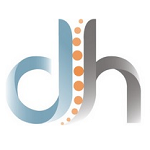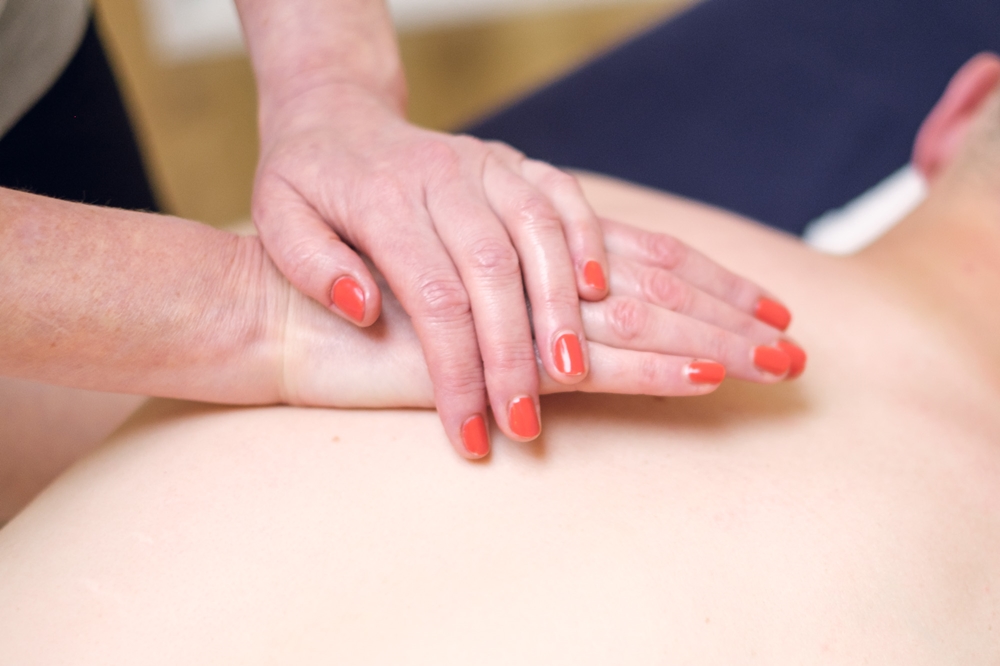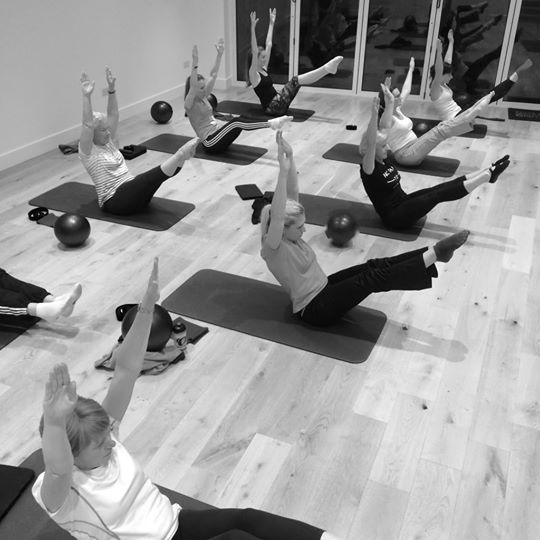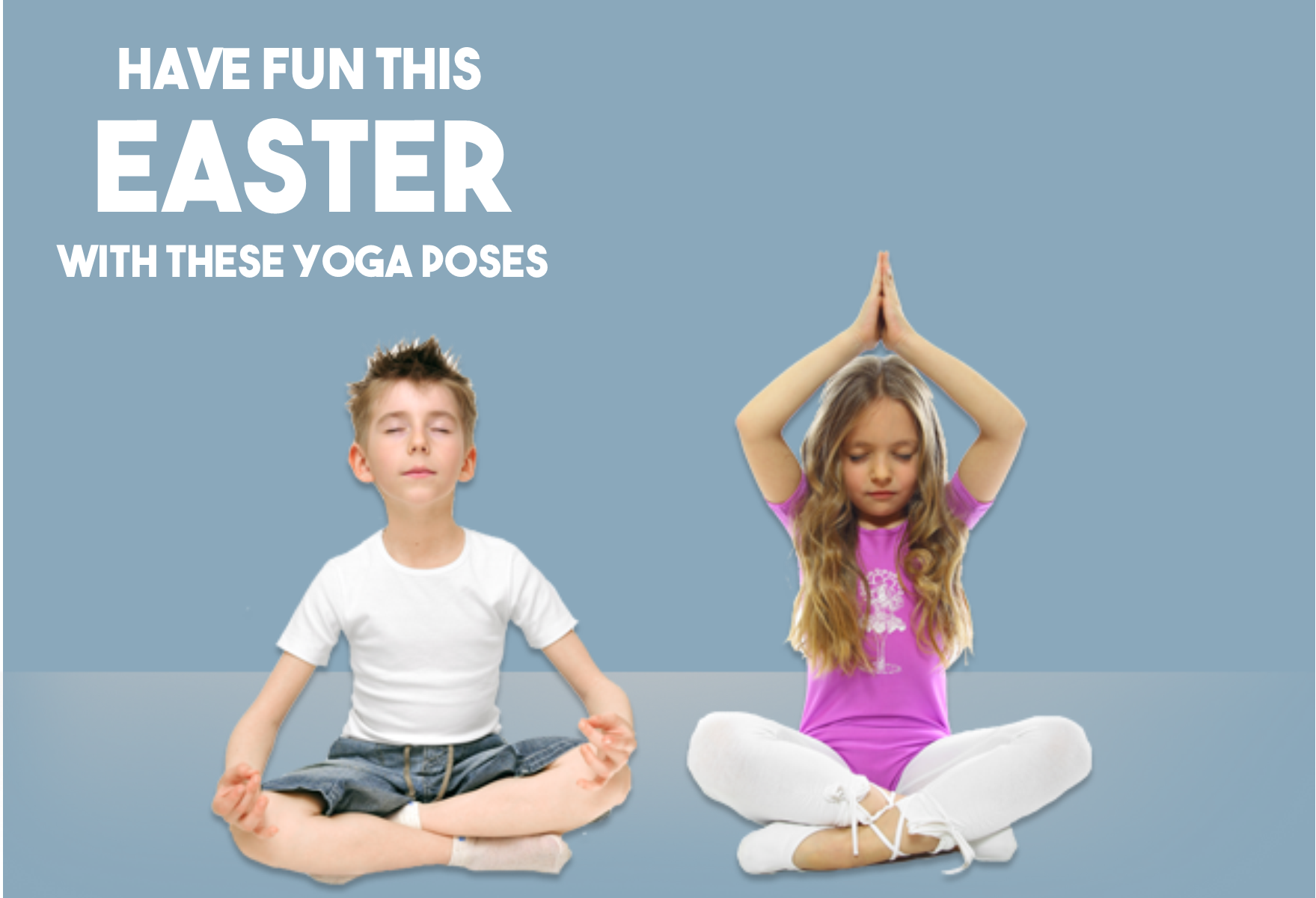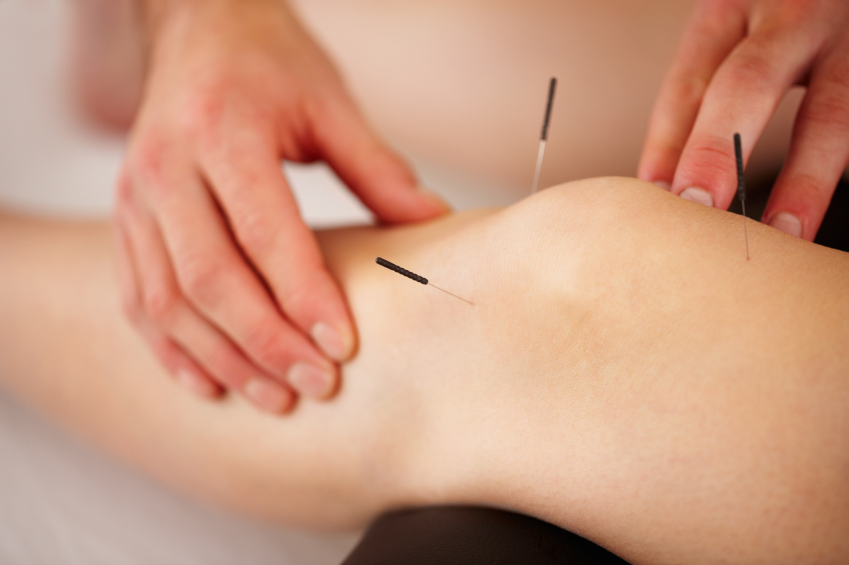Following yesterdays London Marathon in which over 40,000 participants crossed the finishing line. We thought we would give you a rundown on the benefits of massage for runners.
As many of you could see, the few professional runners taking part have an entire team helping them succeed. Whilst their coach tends to be the one doing most of the talking– the elite also see sports psychologists, strength coaches, nutritionists, a variety of doctors, and of course, massage therapists.
Massage has long been a part of a runner’s training program. You’ve no doubt heard many of the benefits of massage: improved circulation, less muscle soreness, and a removal of exercise waste products like lactic acid.
But much of what we think is true actually isn’t. Here’s a quick example: lactic acid (or lactate) is removed from your muscles within minutes of accumulating. And it’s not actually responsible for sore muscles.
So what are the actual benefits of massage for runners? If massage doesn’t clear lactate from your muscles, how can it help your running?
The benefits of massage for runners
The major benefit of massage is that it relaxes tense muscles and removes adhesions or minor scar tissue between muscles and fascia, a fancy word for the sheath or casing that surrounds your muscles. Unneeded tension and adhesions can restrict movement and impair your range of motion, potentially leading to abnormal movement patterns that can cause overuse injuries.
Now, obviously only a small percent of yesterday marathon runners had access to a massage therapist, however, if you do enjoy a massage here are some tips below that you can either try yourself, or ask a partner or friend to do for you.
What should I do
Firstly, Massage right after a hard race or workout (or maybe even the day after if you’re still significantly sore) is counterproductive to the recovery process. And massage right before a race might leave you sore on the starting line. Realistically, applying pressure to already sore muscles will be uncomfortable, so it’s best to wait a couple of days after a race before you get your massage.
Self-massage offers many of the same benefits and you only need a few simple tools: Firstly, you could try a foam roller. These come in all shapes, sizes and can have differing levels of firmness. Try simply rolling the muscles along the muscle fascia. In addition, a massage can go deeper and be used well for specific trigger points. But be careful: deeper pressure isn’t necessarily better. Muscles can tighten up as a defense mechanism, so stick with relatively gentle pressure.
If you do decide you would like someone else to do it. The massage team at Durham House Chiropractic have a huge amount of skills and experience to help you get over your post marathon legs. But what massage is best? Well mostly it depends on you and what you need it for.
What Are the Best Types of Massage for Runners?
There are three types of massage that are best for runners and all are used in different situations and at different times.
Deep Tissue: this is what most of us think about when we think about a “sports massage” – a massage that works the entire muscle while focusing on specific tight spots in both the deep muscle and also the superficial layers of fascia.
This type of massage is more holistic, so this is best used during periods of hard training. Since it focuses on your entire muscle, rather than a particular trouble area, it’s great when you’re training a lot but don’t have a specific injury.
Active Release Technique (A.R.T.): this massage modality has become popular in the last decade. Combining trigger point massage with movement by the therapist, this type of massage is designed to break up scar tissue and improve mobility.
A.R.T. is best used when you have a specific injury where scar tissue may be impairing the healing and recovery process. A good therapist can determine where any adhesions may be and then break them up while improving functional flexibility in the tissue.
Swedish: This is more a relaxing, typically soft-pressure massage that doesn’t go deep into the muscles. While it likely won’t help with muscle adhesions or scar tissue, a more relaxing massage still has many benefits for runners.
Before a race, a Swedish massage can help improve relaxation, muscle tension, and lower your stress levels without damaging or stressing the tissue.
If you would like to try a massage. Visit our website www.durhamhousechiropractic.co.uk and get in touch.

